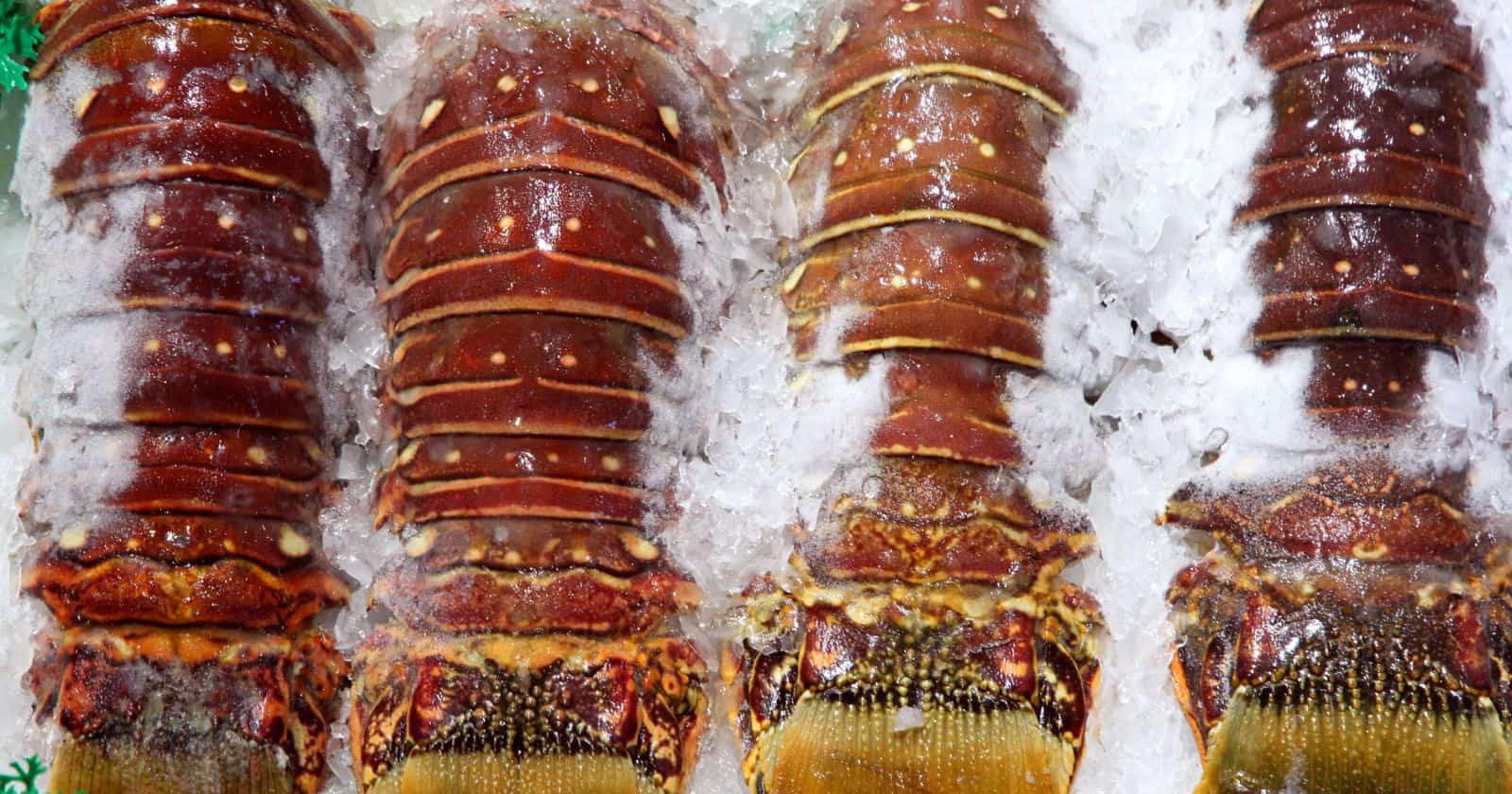

Articles
How Long Is Lobster Good In The Freezer
Modified: January 6, 2024
Learn about how long lobster can be safely stored in the freezer and other helpful articles.
(Many of the links in this article redirect to a specific reviewed product. Your purchase of these products through affiliate links helps to generate commission for Storables.com, at no extra cost. Learn more)
Introduction
One of the most delicious seafood delicacies is lobster. Whether it’s served as a succulent lobster tail, added to a rich bisque, or enjoyed in a classic lobster roll, this crustacean is a true treat for food enthusiasts. However, if you happen to have leftover lobster or want to stock up on this delectable seafood, knowing how long it can stay good in the freezer is essential.
Freezing lobster can be a great way to preserve its freshness and extend its shelf life. However, there are several factors that can affect how long lobster stays good in the freezer. In this article, we will explore these factors and provide you with some tips and guidelines to ensure that your frozen lobster retains its quality and flavor.
Factors Affecting the Shelf Life of Lobster in the Freezer
Several factors can impact the shelf life of lobster when stored in the freezer. Here are a few important ones to consider:
- Quality of the Lobster: The quality of the lobster before freezing plays a significant role. Fresh lobster that is frozen immediately will have a longer shelf life compared to lobster that has already started to deteriorate.
- Freezer Temperature: Maintaining a consistent, low temperature in your freezer is crucial for preserving the quality of frozen lobster. Ideally, the temperature should be set to 0°F (-18°C) or below.
- Packaging: Proper packaging is essential to protect the lobster from freezer burn and maintain its flavor and texture. Vacuum-sealed bags or airtight containers are recommended to prevent air exposure and freezer odors.
- Thawing and Refreezing: The way lobster is thawed and refrozen can impact its quality. Rapid thawing at room temperature and refreezing can lead to moisture loss and potentially affect the taste and texture of the lobster.
Recommended Storage Time for Lobster in the Freezer
The recommended storage time for frozen lobster varies depending on its form. Here are some general guidelines:
- Whole Lobster: When stored properly in the freezer, whole lobsters can stay good for up to 9 to 12 months.
- Lobster Tails: Frozen lobster tails can maintain their quality for around 6 to 12 months in the freezer.
- Cooked Lobster: Cooked lobster should be consumed within 2 to 3 months of freezing to maintain its taste and texture.
It’s important to note that these are recommended storage times for maintaining the best quality. While lobster may still be safe to consume after these periods, there may be a decline in texture, flavor, and overall quality.
Key Takeaways:
- Freeze whole lobster for 9-12 months, tails for 6-12 months, and cooked lobster for 2-3 months. Quality may decline after, so enjoy it fresh for the best flavor and texture.
- Proper packaging, freezing, and thawing techniques are crucial for maintaining the quality and safety of frozen lobster. Look out for signs of spoilage to ensure safe consumption.
Read more: How Long Are Ribs Good In The Freezer
Factors Affecting the Shelf Life of Lobster in the Freezer
When freezing lobster, several factors come into play that can affect its shelf life and overall quality. Understanding these factors can help you ensure that your frozen lobster maintains its freshness for as long as possible. Here are some key factors to consider:
- Quality of the Lobster: The quality of the lobster before freezing is crucial. It is best to freeze fresh lobster that is still in its prime. Select lobsters that are alive and active, with a hard shell and no signs of damage or discoloration. Freezing low-quality or already deteriorated lobster will not yield desirable results.
- Freezer Temperature: Maintaining a consistent and low temperature in your freezer is essential for preserving the quality of frozen lobster. The freezer should be set to 0°F (-18°C) or below. Fluctuations in temperature can lead to freezer burn and affect the taste and texture of the lobster.
- Packaging: Proper packaging is crucial to protect the lobster from exposure to air, which can lead to freezer burn. It is recommended to use airtight containers or vacuum-sealed bags to prevent air from coming into contact with the lobster. This will help maintain its flavor and texture and prevent the absorption of any unwanted odors from the freezer.
- Freezing Method: The method you use to freeze the lobster can also affect its shelf life. It is best to freeze lobster as soon as possible after purchase or cooking to capture its freshness. If you are freezing cooked lobster, allow it to cool completely before freezing. Rapid freezing helps preserve the texture and quality of the lobster.
- Thawing and Refreezing: Improper thawing and refreezing can negatively impact the quality of the lobster. Avoid thawing lobster at room temperature, as this can lead to bacterial growth and loss of moisture. Instead, thaw the lobster in the refrigerator overnight or under cold running water. Avoid refreezing lobster multiple times, as this can lead to a decline in taste and texture.
By taking these factors into consideration and following the recommended practices for freezing lobster, you can maximize its shelf life and ensure that it remains of high quality even after months in the freezer. Proper handling and storage techniques are key to preserving the taste and texture of this beloved seafood delicacy.
Recommended Storage Time for Lobster in the Freezer
When it comes to storing lobster in the freezer, it’s important to know how long it can stay frozen while still maintaining its quality. The recommended storage time for frozen lobster can vary depending on its form. Here are some general guidelines to follow:
- Whole Lobster: If you have whole lobsters that are properly packed and stored in the freezer, they can remain good for up to 9 to 12 months. However, it is important to note that the quality may start to decline after this period, so it is best to consume them within the recommended timeframe.
- Lobster Tails: Lobster tails are a popular choice, and if frozen correctly, they can retain their quality for around 6 to 12 months in the freezer. It’s crucial to ensure that the tails are properly cleaned, packaged, and stored to maintain their taste and texture. Always check for any signs of freezer burn or deterioration before consuming.
- Cooked Lobster: If you have cooked lobster that you wish to freeze, it is recommended to consume it within 2 to 3 months. Cooked lobster has a shorter storage time compared to raw lobster due to the changes that occur during the cooking process. To maintain its flavor and texture, it is best to use it within the recommended timeframe.
It’s important to keep in mind that these recommended storage times are for maintaining the best quality of the lobster. While lobster may still be safe to consume after these periods, there might be a decline in texture, flavor, and overall quality. Freezing is meant to preserve the lobster, but it is still ideal to enjoy it as fresh as possible for the best dining experience.
Remember to label each package with the freezing date to keep track of how long it has been in the freezer. Additionally, always inspect the lobster before cooking or consuming it. If you notice any signs of freezer burn, such as ice crystals, discoloration, or off odors, it’s best to discard it.
By following these guidelines and storing lobster properly in the freezer, you can enjoy the exquisite taste of this seafood delicacy even when it’s out of season. Proper storage and handling techniques are essential to maintain the quality of frozen lobster for an extended period. Ensure that you thaw and cook it correctly to fully enjoy its flavors.
Signs of Spoiled Lobster
When dealing with frozen lobster, it’s crucial to know the signs of spoilage to ensure that you’re consuming safe and high-quality seafood. While freezing can help prolong the shelf life of lobster, improper handling, storage, or thawing can lead to spoilage. Here are some signs to look out for that indicate that the lobster has spoiled:
- Odor: A strong, foul odor is one of the first signs that the lobster has spoiled. If you notice a pungent or ammonia-like smell coming from the lobster, it is best to discard it. Fresh lobster should have a pleasant, clean seafood scent.
- Discoloration: When lobster starts to spoil, it may develop a grayish or brownish color. This discoloration may be particularly noticeable on the shell or meat. Fresh lobster should have a vibrant, reddish hue for cooked lobster, or a translucent, light color for uncooked lobster.
- Texture Changes: Spoiled lobster may have a slimy or mushy texture, indicating bacterial growth and decomposition. The meat may appear soft or mushy and may have a slimy film or coating. Fresh lobster should have a firm and springy texture.
- Ice Crystals: Ice crystals or freezer burn can also be signs of spoiled lobster. If you notice that the lobster has ice crystals on its surface, it might have been improperly stored or exposed to air. Freezer burn affects the quality of the meat, resulting in a dry and dull texture.
- Mold or Mildew: Another sign of spoilage is the presence of mold or mildew on the lobster. If you see any green or black spots on the shell or meat, it is a clear indication that the lobster has gone bad and should not be consumed.
If you encounter any of these signs when inspecting your lobster, it is best to err on the side of caution and discard it. Consuming spoiled seafood can lead to foodborne illnesses and can have adverse effects on your health.
Remember, proper handling, storage, and thawing techniques can help prevent spoilage and maintain the quality of frozen lobster. Always ensure that the lobster is properly cleaned and packaged before freezing and that it is thawed safely in the refrigerator or under cold running water. By being vigilant and attentive to the signs of spoilage, you can enjoy the deliciousness of fresh and safe lobster.
Lobster can be stored in the freezer for up to 6 months. To maintain quality, wrap it tightly in plastic wrap or aluminum foil before placing it in a freezer bag. Thaw in the refrigerator before using.
Tips for Freezing Lobster Properly
Freezing lobster can be a convenient way to preserve its freshness and enjoy it at a later time. To ensure that your frozen lobster remains of high quality, it’s important to follow proper freezing techniques. Here are some helpful tips for freezing lobster:
- Select Fresh Lobster: Start with fresh lobster for the best results. Choose lobsters that are alive and active, with a hard shell and no signs of damage or discoloration. High-quality lobsters will freeze better and maintain their flavor and texture.
- Cook or Freeze Fresh Lobster: If you have fresh lobster, you have two options. You can either cook it before freezing or freeze it raw. If you decide to cook it, do so before freezing to lock in the flavor and ensure optimal quality.
- Clean and Prepare: Remove any bands or ties on the lobster claws and rinse the lobster thoroughly under cold water. Pat it dry with paper towels before freezing.
- Package Properly: Proper packaging is key to preserving the quality of frozen lobster. Wrap each lobster tightly in plastic wrap or place them in airtight containers. For added protection against freezer burn, consider using vacuum-sealed bags or freezer-safe ziplock bags, removing as much air as possible.
- Label and Date: Clearly label each package with the contents and the date of freezing. This will help you keep track of how long the lobster has been stored in the freezer.
- Store at a Constant Temperature: Place the packaged lobster in the coldest part of your freezer, ideally at a temperature of 0°F (-18°C) or below. Avoid storing it in the freezer door or other areas that may experience temperature fluctuations.
- Freeze Quickly: Freeze the lobster as soon as possible after packaging to capture its freshness. Rapid freezing helps preserve the texture and quality of the lobster. If you have cooked lobster, allow it to cool completely before freezing.
- Avoid Refreezing: Once the lobster has been thawed, it is best not to refreeze it. Refreezing can lead to a loss of moisture and affect the taste and texture of the lobster. It is recommended to thaw only the amount of lobster you intend to consume at once.
By following these tips, you can ensure that your frozen lobster retains its flavor and texture for an extended period. Properly packaged and stored lobster will be ready to use whenever you have a craving for this delectable seafood.
Read more: How Long Is Beef Good For In Freezer
Thawing and Cooking Frozen Lobster
Thawing and cooking frozen lobster properly is essential to ensure that it retains its flavor, texture, and juiciness. Here are some guidelines to follow when thawing and cooking frozen lobster:
Thawing Frozen Lobster:
- Refrigerator Method: The recommended method for thawing frozen lobster is to transfer it from the freezer to the refrigerator. Place the frozen lobster in a bowl or dish to catch any dripping water and let it thaw in the refrigerator overnight or for approximately 24 hours. This slow thawing process helps maintain the quality of the lobster.
- Cold Water Method: If you need to thaw the lobster quickly, you can use the cold water method. Place the frozen lobster in a leak-proof bag, ensuring it is tightly sealed. Submerge the bag in a bowl of cold water. Change the water every 30 minutes to ensure that it remains cold. This method usually takes 1-2 hours, depending on the size of the lobster.
- Avoid Room Temperature Thawing: It’s important to avoid thawing lobster at room temperature as it can promote bacterial growth. Thawing at room temperature can lead to the development of harmful bacteria and compromise the safety of the lobster. It can also result in a loss of moisture and affect the quality of the meat.
Cooking Thawed Lobster:
- Boiling: Boiling is a popular cooking method for lobster. Once the lobster is thawed, bring a large pot of salted water to a rolling boil. Place the whole lobster or lobster tails in the pot, ensuring they are fully submerged. Boil for approximately 8-12 minutes per pound of lobster. The lobster shells will turn bright red when cooked, and the meat will be opaque and firm.
- Steaming: Steaming is another excellent cooking method for lobster, as it helps retain the flavors and juices. Bring a pot of water with a steamer basket to a boil. Place the thawed lobster in the steamer basket, cover the pot, and steam for about 10-12 minutes per pound of lobster. The shells will turn bright red, indicating that the lobster is cooked.
- Grilling or Broiling: Grilling or broiling lobster tails can create a delicious smoky flavor. Split the lobster tails in half lengthwise and brush them with melted butter or a marinade of your choice. Preheat the grill or broiler and cook the lobster tails for about 5-7 minutes per side, until the meat is opaque and lightly charred.
- Baking: Baking lobster tails is a convenient and easy option. Preheat the oven to 425°F (220°C) and split the thawed lobster tails in half lengthwise. Arrange them on a baking sheet and brush with melted butter or herbs. Bake for 12-15 minutes until the meat is opaque and cooked through.
Consider serving cooked lobster with melted butter, lemon wedges, or your favorite dipping sauces for a delightful meal. Remember to handle cooked lobster with care, as it can be hot and sometimes have sharp parts like shells or spines.
By following these guidelines for thawing and cooking frozen lobster, you can ensure that it is safe to eat and enjoy its delicious flavor. Whether boiled, steamed, grilled, or baked, your lobster will be a mouthwatering treat that will impress your family and friends.
Frequently Asked Questions (FAQs)
Here are some commonly asked questions regarding freezing lobster:
1. Can you freeze cooked lobster?
Yes, you can freeze cooked lobster. However, it is best to consume it within 2 to 3 months for optimal taste and texture.
2. Is it better to freeze lobster cooked or raw?
Both cooked and raw lobster can be frozen. However, freezing raw lobster allows for more versatility in cooking methods, while freezing cooked lobster helps lock in the flavor and reduces preparation time later.
3. Can you freeze lobster in its shell?
It is not recommended to freeze lobster in its shell, as it can result in a loss of moisture and quality. It is best to remove the meat from the shell and package it for freezing.
4. How long can frozen lobster be stored?
The recommended storage time for whole lobster is 9 to 12 months, lobster tails can be stored for 6 to 12 months, and cooked lobster should be consumed within 2 to 3 months. However, it’s important to note that the quality may decline after these periods.
5. Can you refreeze thawed lobster?
It is not recommended to refreeze thawed lobster, as it can lead to a loss of moisture and compromise the texture and flavor of the meat. It is best to only thaw the amount of lobster you intend to consume at once.
6. How should I thaw frozen lobster?
The best way to thaw frozen lobster is to transfer it from the freezer to the refrigerator and let it thaw overnight or for approximately 24 hours. Alternatively, you can use the cold water method by placing the lobster in a sealed bag and submerging it in cold water, changing the water every 30 minutes until it is thawed.
7. How do I know if frozen lobster has gone bad?
Signs of spoiled lobster include a foul odor, discoloration, slimy or mushy texture, ice crystals, and the presence of mold or mildew. If you notice any of these signs, it is best to discard the lobster.
8. Can I freeze lobster bisque or other lobster dishes?
Yes, you can freeze lobster bisque or other lobster dishes. However, consider that the texture of some dishes may be affected by freezing, and it is best to consume them within 2 to 3 months for the best quality.
Remember to always use proper storage techniques and follow food safety guidelines when freezing and thawing lobster to ensure its safety and maintain its quality.
Conclusion
Freezing lobster can be a convenient way to preserve its freshness and enjoy it at a later time. By understanding the factors that affect the shelf life of lobster in the freezer, following the recommended storage times, and adopting proper freezing techniques, you can ensure that your frozen lobster maintains its quality and taste.
Factors such as the quality of the lobster, freezer temperature, packaging, and thawing and refreezing practices all contribute to the overall shelf life and quality of the frozen lobster. It is important to select fresh lobster, freeze it as soon as possible, and package it properly to prevent freezer burn and maintain its flavor and texture.
Recommended storage times for different forms of lobster include up to 9 to 12 months for whole lobster, 6 to 12 months for lobster tails, and 2 to 3 months for cooked lobster. Adhering to these guidelines will help ensure the best quality of the frozen lobster. However, it’s important to keep in mind that the lobster may still be safe to consume after these periods, but the taste and texture may decline.
Identifying signs of spoiled lobster, such as odor, discoloration, sliminess, or mold, is crucial to ensure that you are consuming safe and high-quality seafood. Proper handling, storage, and thawing techniques are essential to preserving the quality of the frozen lobster and to prevent any foodborne illnesses.
Thawing frozen lobster can be done slowly in the refrigerator or using the cold water method. Cooking thawed lobster can be done through boiling, steaming, grilling, or baking, depending on your preference and the desired outcome.
By following these guidelines for freezing, thawing, and cooking frozen lobster, you can enjoy this delectable seafood delicacy whenever you desire. Whether it’s a lobster bisque, a grilled lobster tail, or a classic lobster roll, freezer storage allows you to savor the taste of lobster even when it’s out of season.
With proper handling and storage techniques, you can extend the enjoyment of lobster and unleash your culinary creativity whenever you have a hankering for this exquisite seafood delight. So go ahead, freeze that lobster and unlock a world of culinary possibilities!
Frequently Asked Questions about How Long Is Lobster Good In The Freezer
Was this page helpful?
At Storables.com, we guarantee accurate and reliable information. Our content, validated by Expert Board Contributors, is crafted following stringent Editorial Policies. We're committed to providing you with well-researched, expert-backed insights for all your informational needs.


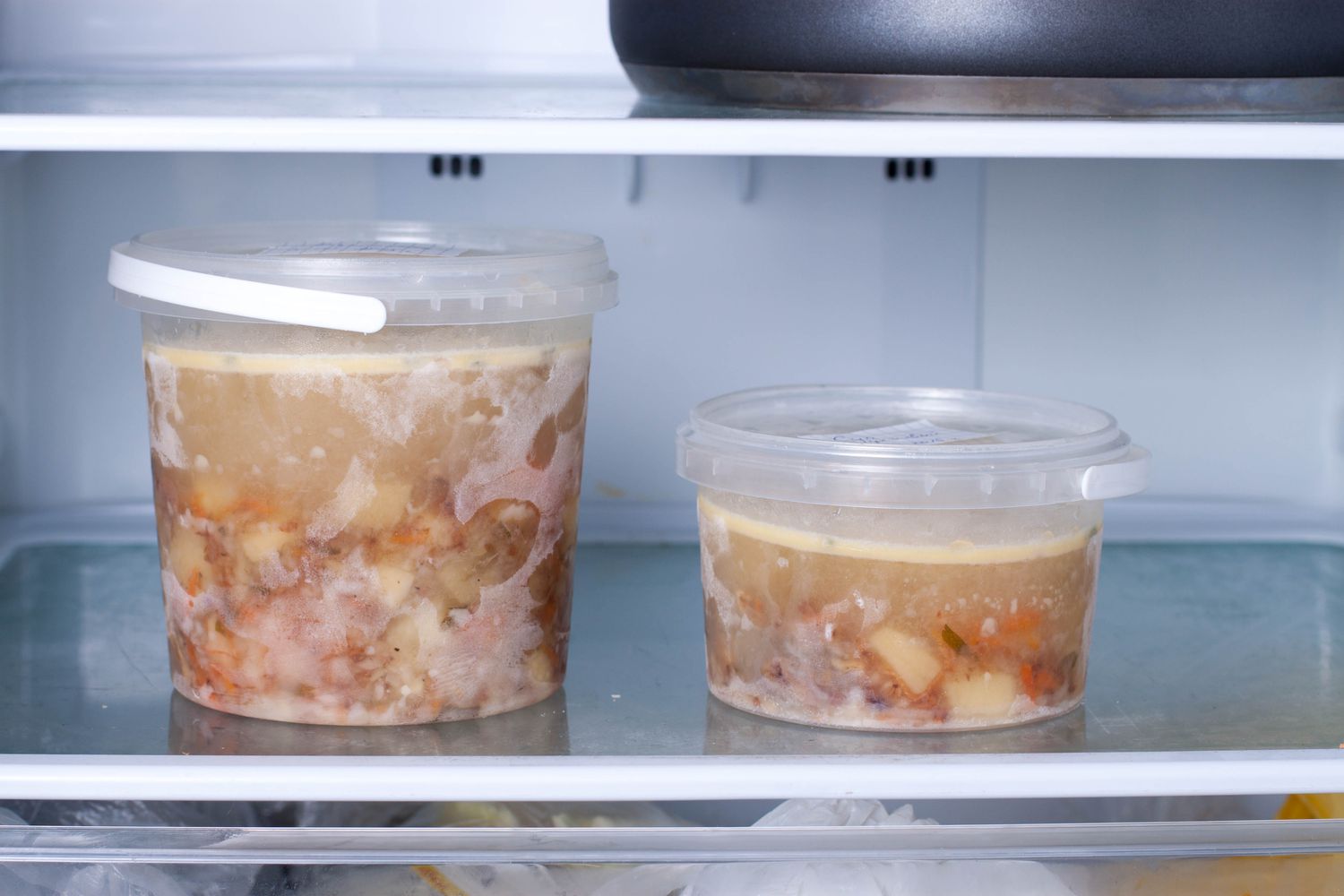
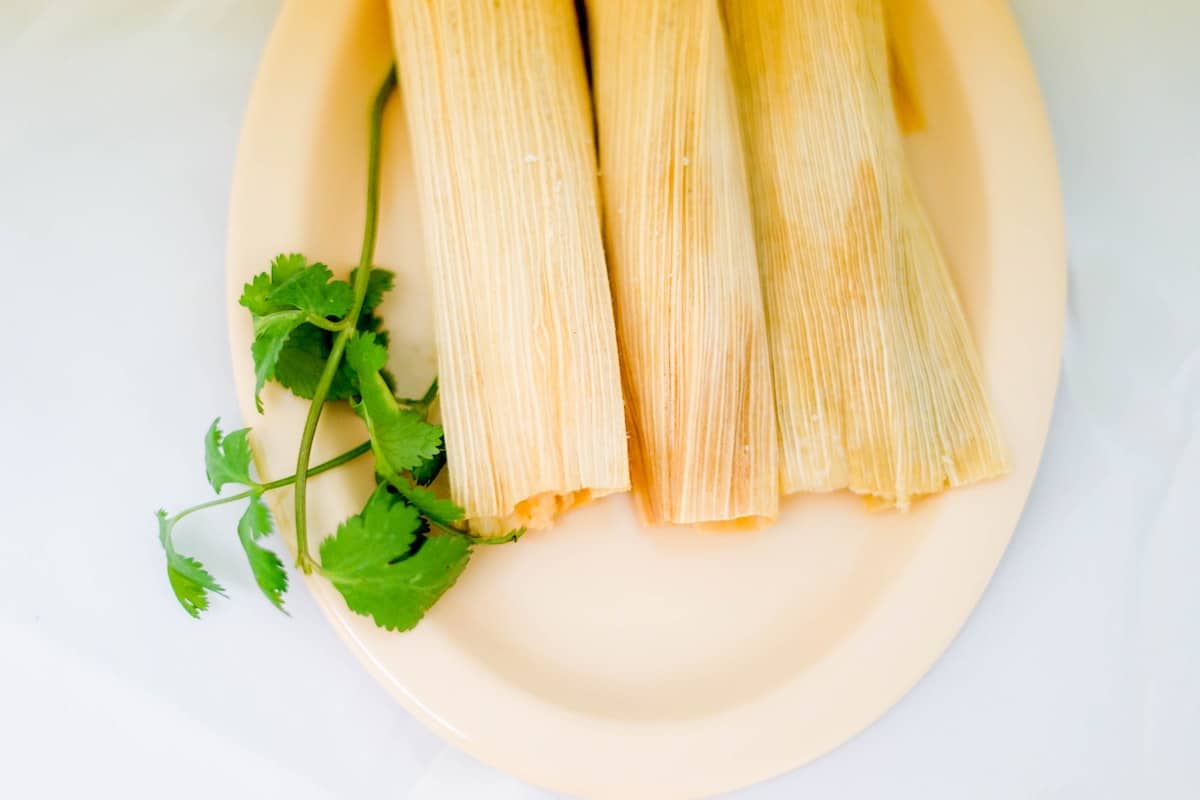
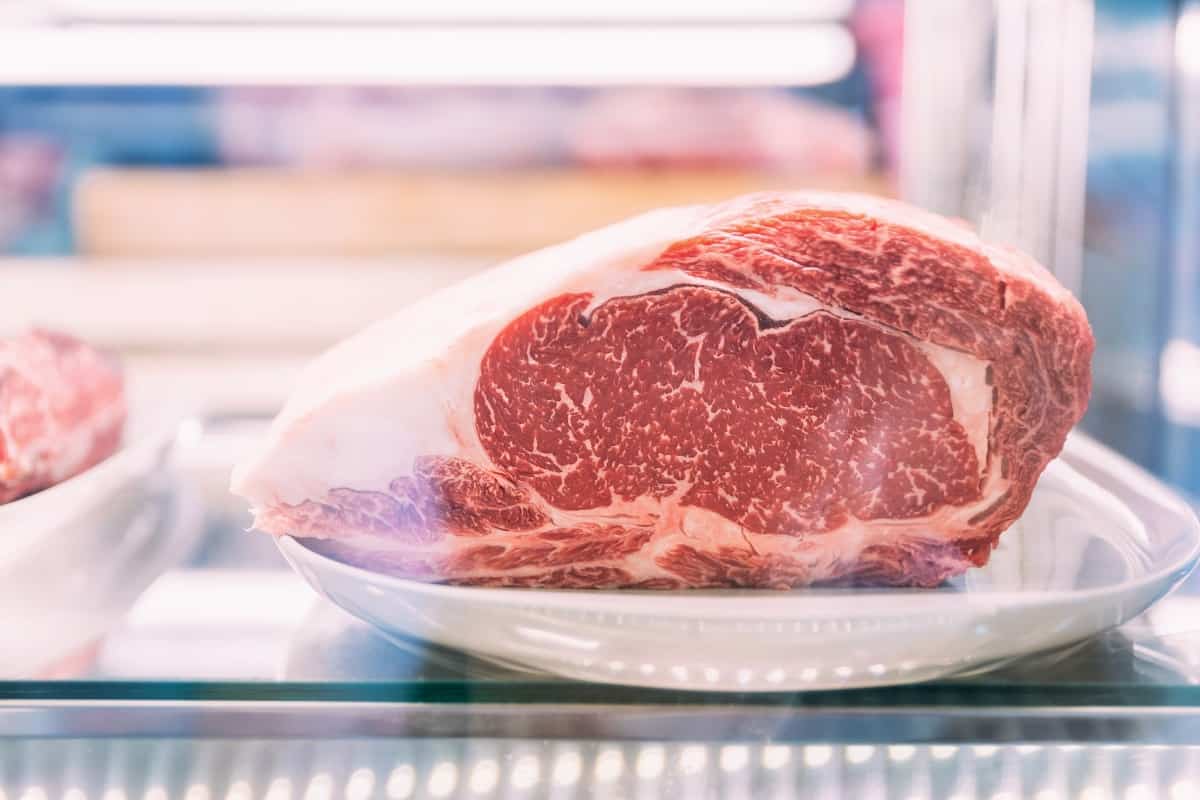
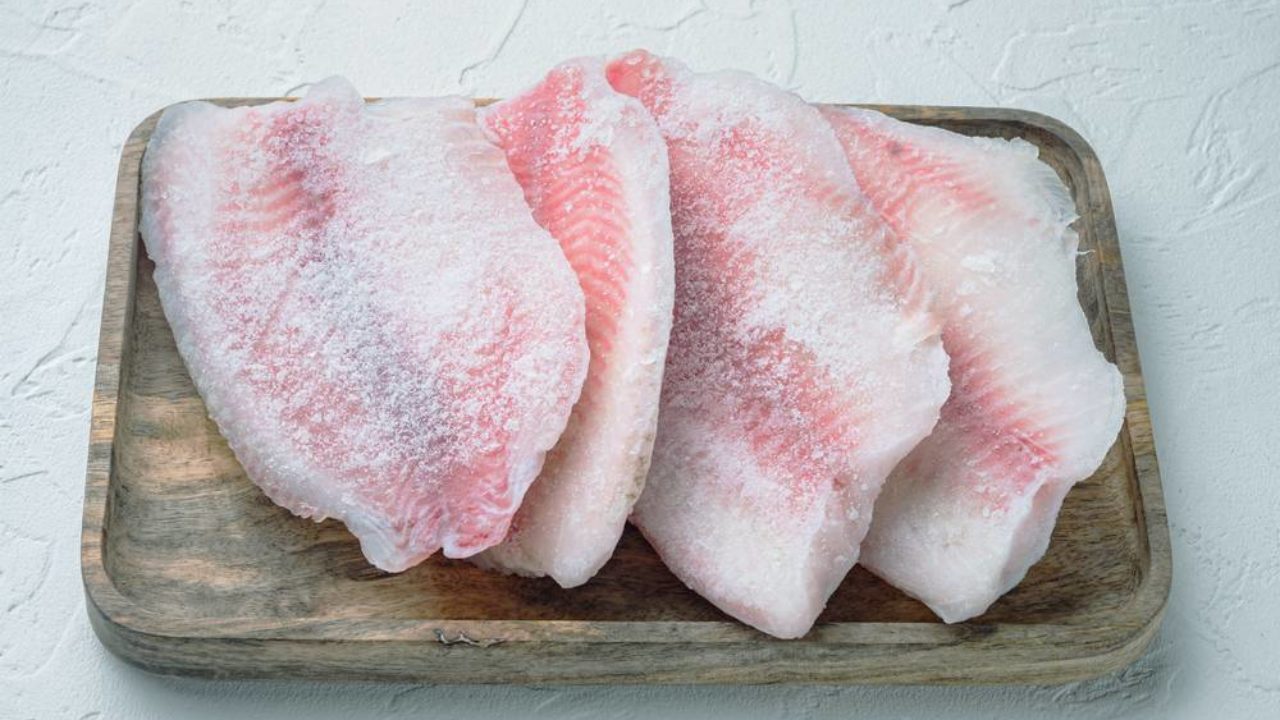
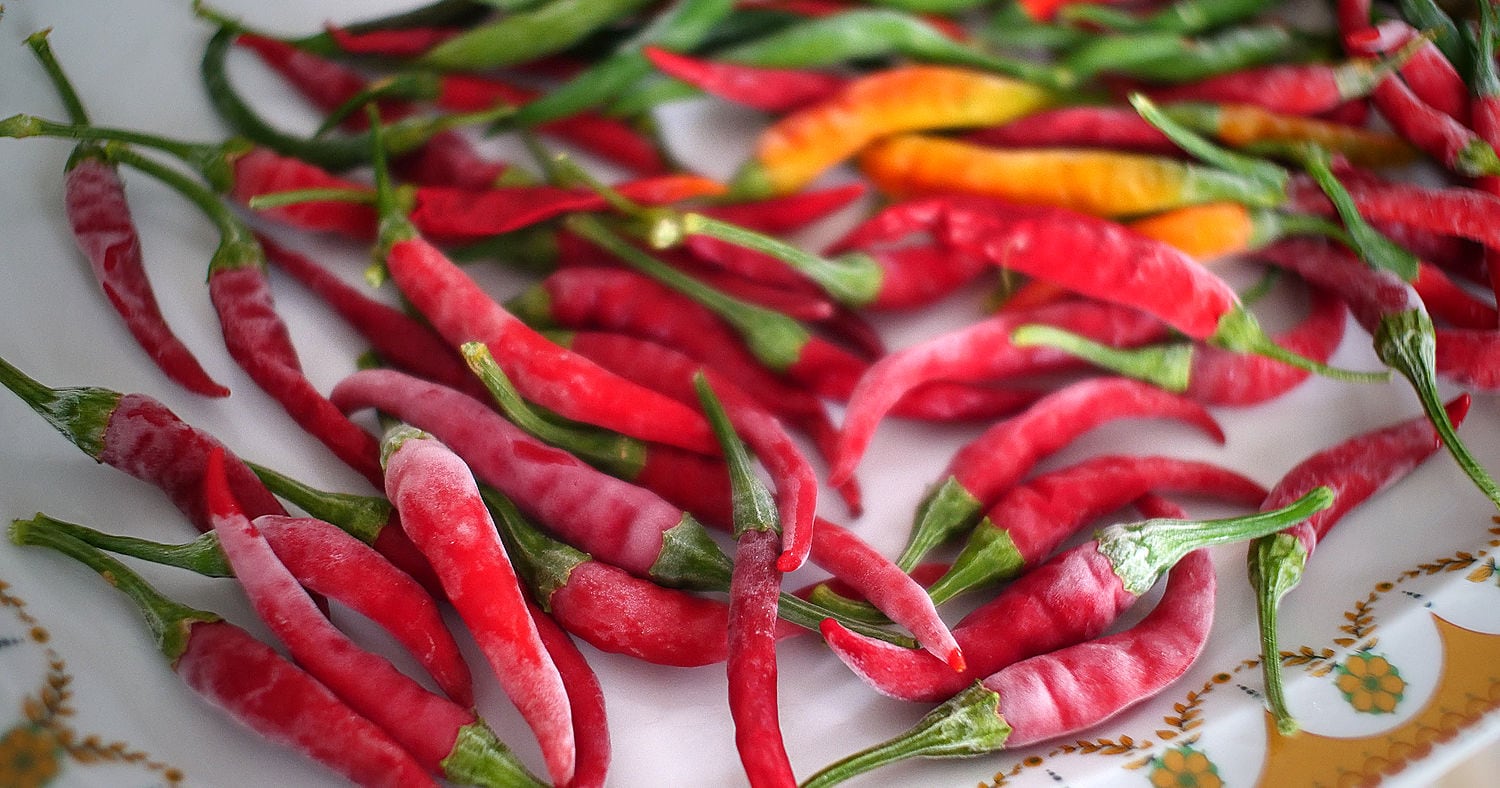
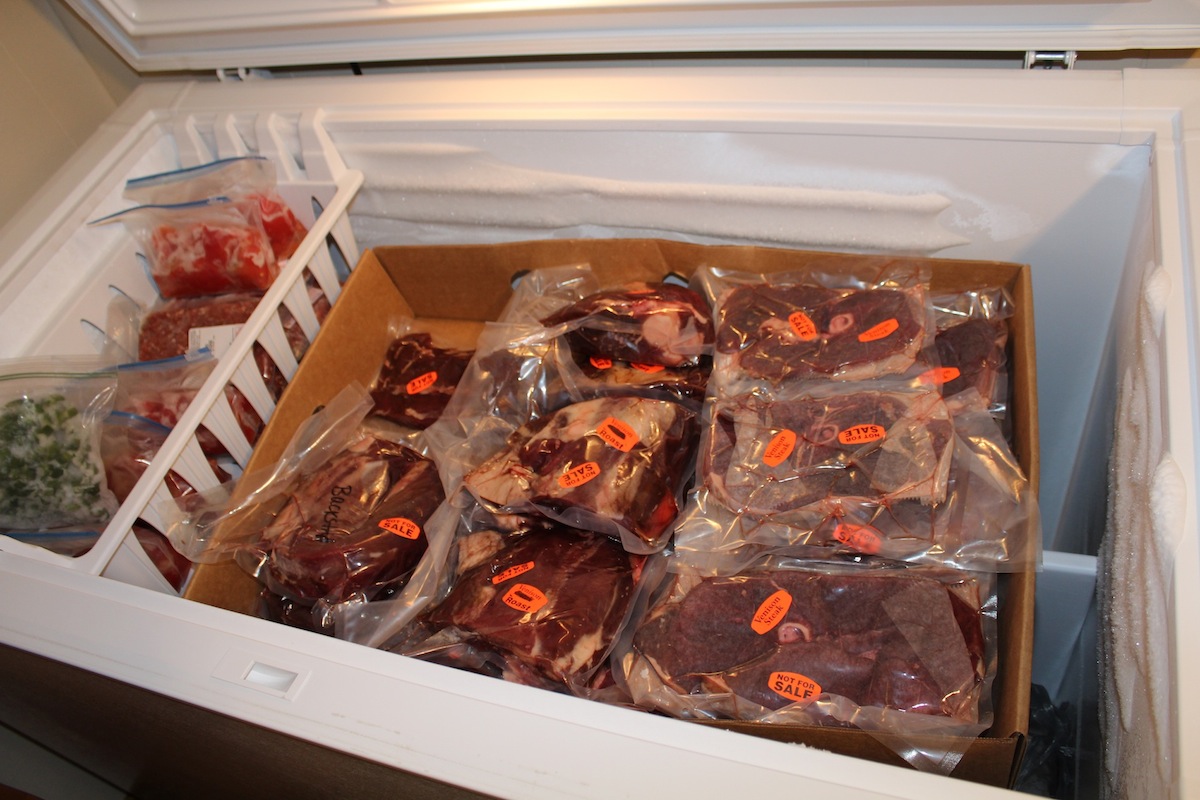
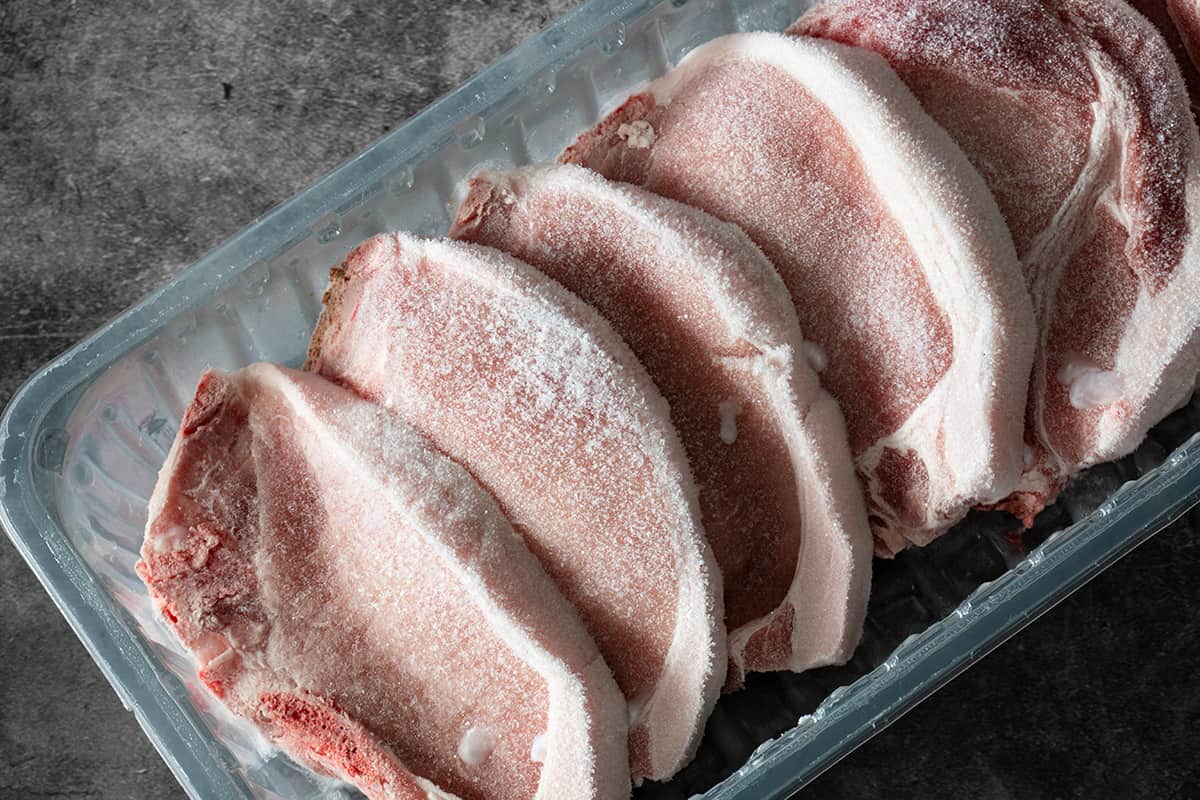
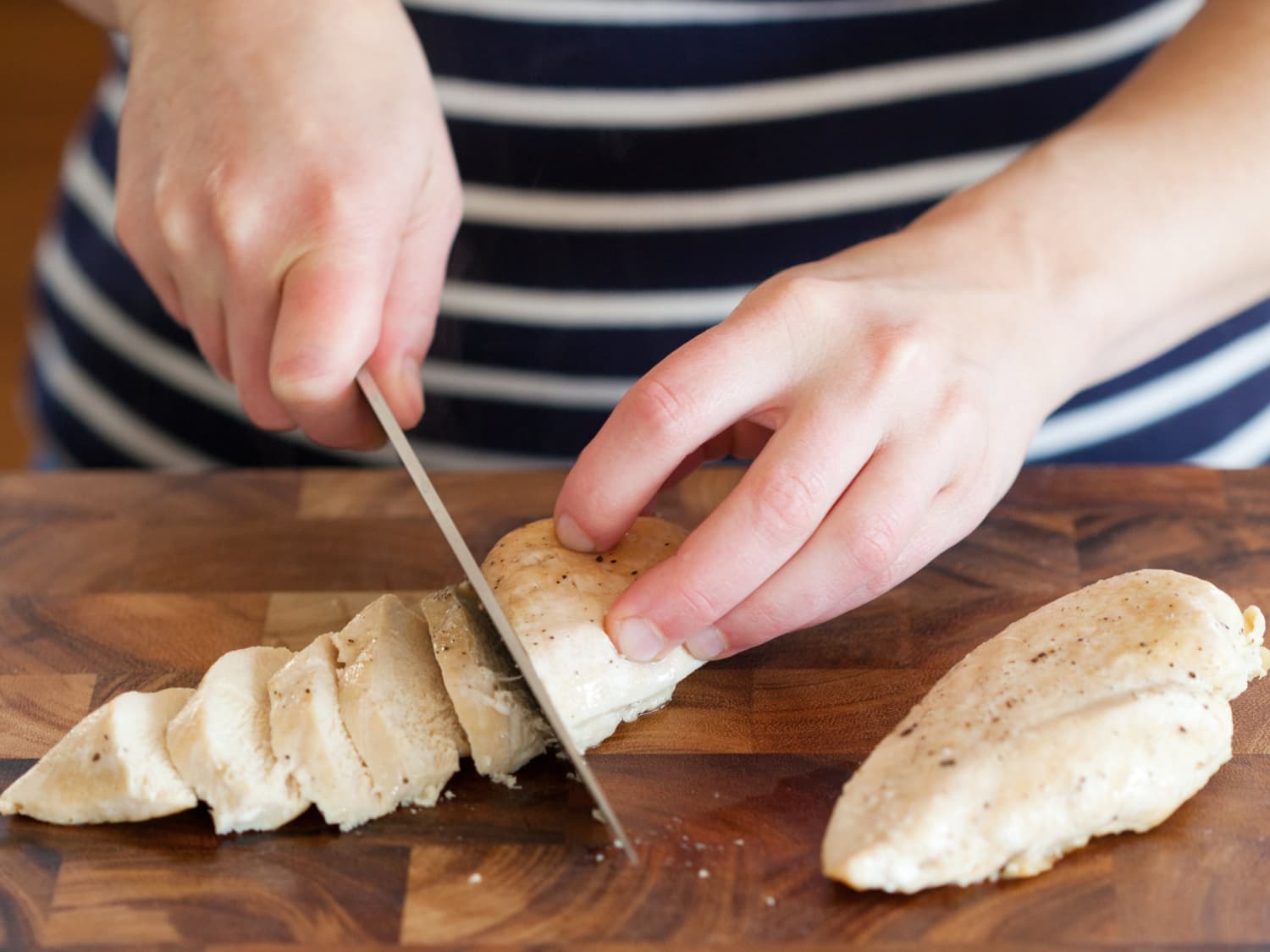
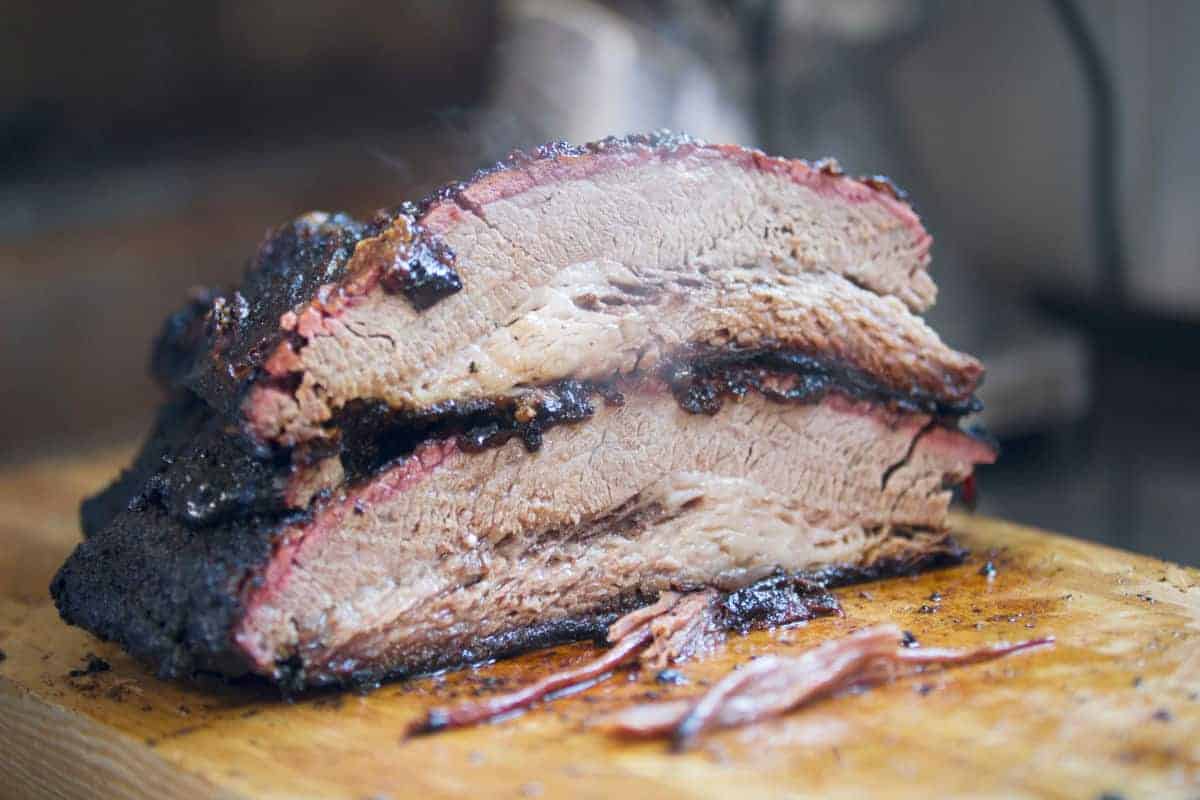
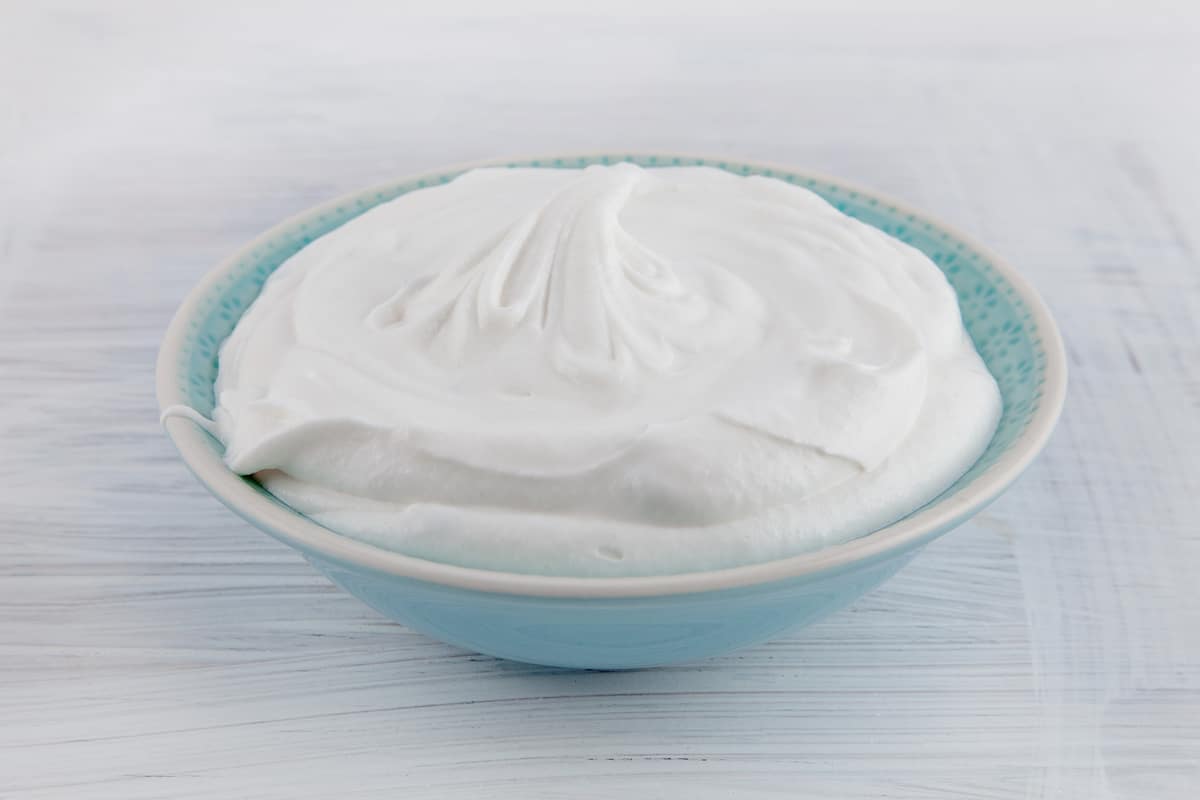
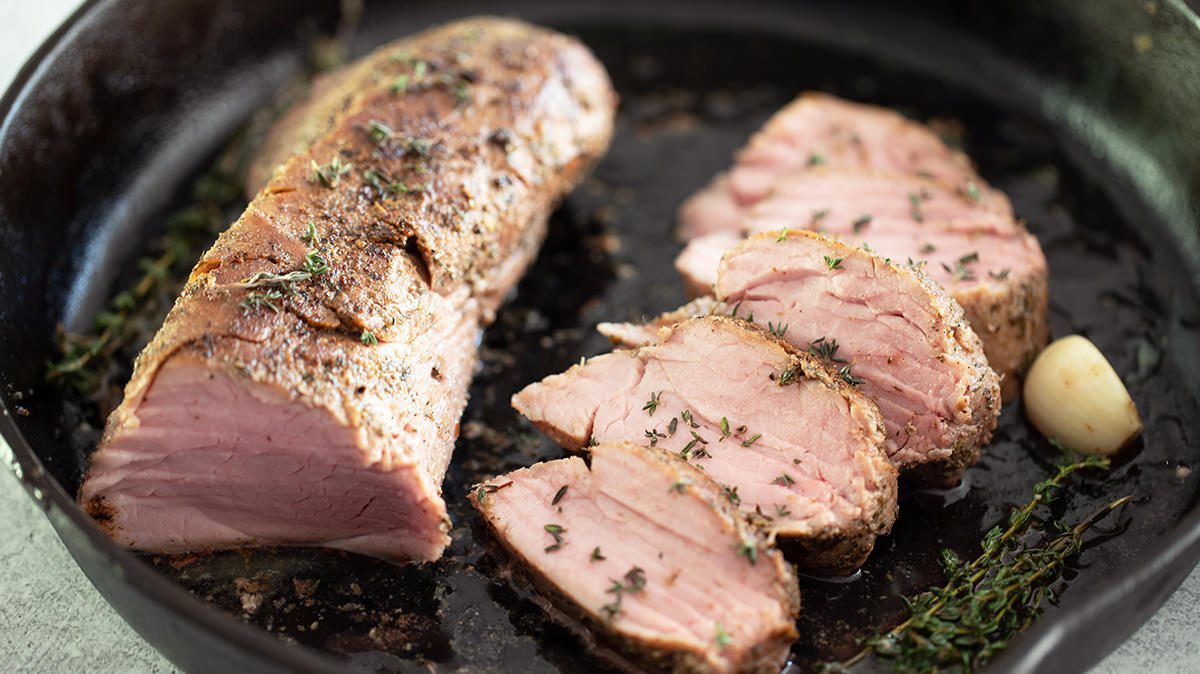


0 thoughts on “How Long Is Lobster Good In The Freezer”